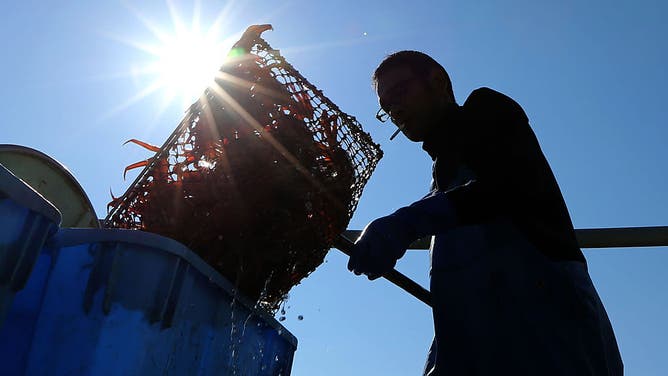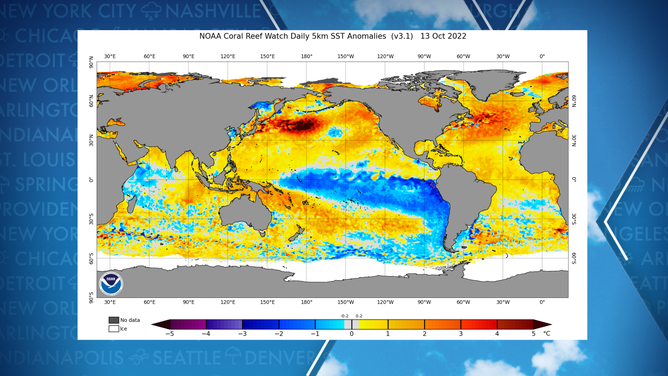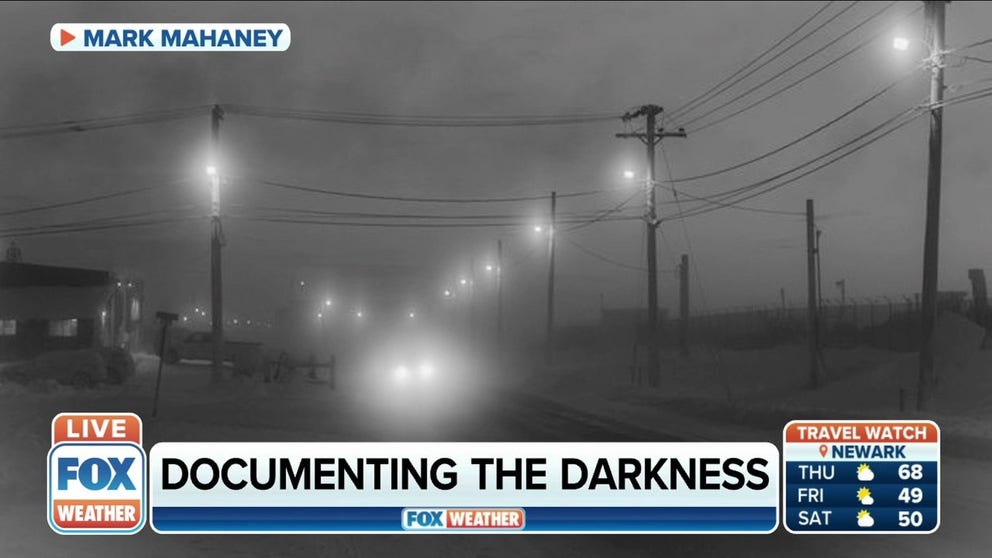Alaska’s snow crab season unexpectedly canceled due to dwindling population
The industry’s harvest in 2020 was valued at more than $100 million but fishermen say they've seen decreased output for years.
Capturing Alaska's polar night
Photographer Mark Mahaney ( from California) traveled to Utqiagvik, Alaksa in 2019 to capture the final days of the season’s polar night. He documented the darkness for 12 days.
An effort to curtail the plummeting population of snow crabs in Alaska will mean hundreds of crabbers could be sidelined for at least a year as state and federal agencies work to understand what is behind the dramatic decrease.
The Alaska Department of Fish and Game announced Monday that the Bering Sea snow crab season will remain closed through the spring of 2023.
The season was expected to kick off in just days, but a survey by the National Oceanic and Atmospheric Administration Fisheries found a lack of adult crabs available for harvest.
"We use those numbers in an assessment model that get plugged into harvest strategy that annually determines the amount of crowd that can get harvested," Miranda Westphal, a biologist with Alaska’s Department of Fish and Game, said.

A fisherman removes freshly caught snow crabs from a container on a fishing boat at Mikuni fishing port in Mikuni, Fukui Prefecture, Japan, on Friday, Nov. 6, 2015. The ban on fishing for snow crabs gets lifted every year on Nov. 6. to mark the beginning of the season.
(Photographer: Buddhika Weerasinghe/Bloomberg via Getty Images / Getty Images)
NOAA surveys are conducted each year to help guide managing organizations with restrictions and limitations put on species during the fishing and hunting seasons.
Westphal said getting to the bottom of the rapid decline is researchers’ top task right now, and they’ll determine what degree the climate is playing a role.
DRONE VIDEO SHOWS 50-FOOT WAVES AND DESTRUCTIVE WINDS IN THE HEART OF HURRICANE FIONA
"In 2018 and 2019, the Bering Sea saw record high temperatures. And snow crabs are an Arctic species, so they are really only able to inhabit the Bering Sea because we have a lot of northerly winds push Arctic water down into the Bering Sea shelf," Westphal said.
Biologists theorize that reduced cold water pockets likely led to the crabs congregating in limited real estate, which put stress on their ecosystem.
"Their metabolic demands were increased because they were in warmer water and many likely starved to death. They were also likely impacted by predators and disease," Westphal said.

Water temperature anomalies around the world (Red regions are warmer than average and colder regions are below average.)
(FOX Weather)
FORMER TYPHOON MERBOK BLASTS WESTERN ALASKA WITH HISTORIC STORM SURGE, 90 MPH WIND AND 50-FOOT SEAS
The shutdown will likely impact costs of the succulent seafood; however, countries such as Canada, Russia and Japan will likely pick up for shortfalls with supply.
NOAA reported U.S. crabbers caught around 36 million pounds of the crustaceans in 2020, which was valued at more than $101.7 million.
Aside from the harvesting restrictions, biologists believe there is little that can be done in the short term to help the snow crab population.
"We’ve caught it in time, and we believe that there is enough crab out there to do what they need to do to build the population back up," Westphal said.
A natural recovery could take a while, Westphal estimated a juvenile crab usually takes about seven or eight years before it is counted in the population that can be harvested.
The crabbing industry believes many members of the Alaskan fleet will face bankruptcy, and overall losses could total over $1 billion.
"What the crab industry is facing is heartbreaking, and what’s worse is that it is unnecessary. It didn’t have to be this way," Jamie Goen, executive director of the Alaska Bering Sea Crabbers, said in a statement "The crab will eventually bounce back and could do so sooner if the North Pacific Fishery Management Council had taken steps to protect the stock, as requested by the fishermen themselves."
